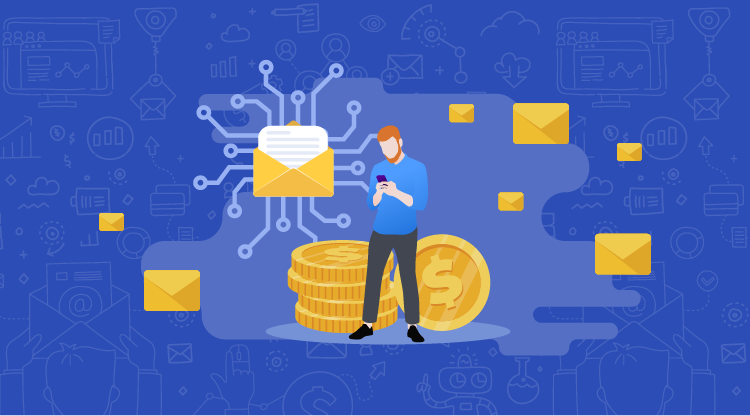If you’re looking to add an extra revenue stream to your business, email monetization with programmatic ads is a superb strategy. In this blog post, you’ll find everything you need to know about how to use programmatic advertising to get more from your email marketing.
Key Takeaways:
How Programmatic Cornered the Digital Ad Market
Those earliest forms of advertisements — called display ads — were the only way a brand had to promote its wares until the rise of programmatic advertising.
From humble sales letters to slick Madison Avenue commercials, display ads worked on the “spray and pray” principle. In other words, they depended on sheer volume rather than customer targeting to lure customers to buy.
When the Internet came on the scene, ads began as simple links with catchy titles as anchor text.
In 1994, banner ads arrived. Still, advertisers had no way to target likely customers.
That all changed when Google introduced AdSense in 2003. AdSense used data both from the sites people were browsing and the people themselves, to show targeted ads.
Then, in 2009, real-time bidding entered the online advertising picture.
Through automated ad exchanges, advertisers could buy per-impression ad placements in real-time.
This capability, called programmatic advertising, allowed brands to target customers at scale.
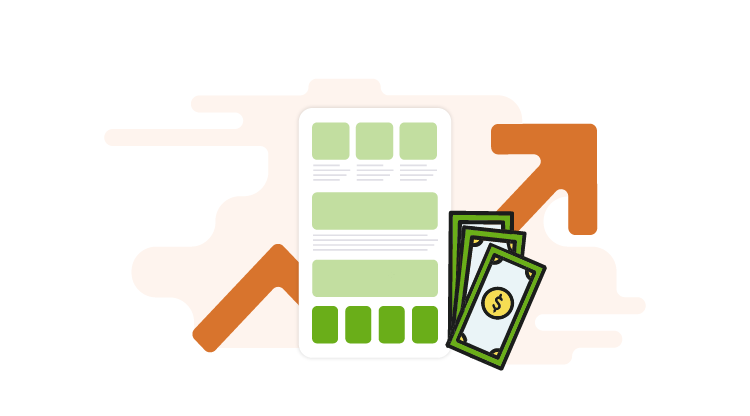
Benefits of Programmatic Advertising
Programmatic ads are a game-changer for both advertisers and content publishers.
Along with advanced targeting capabilities, programmatic advertising offers a wide range of key benefits:
#1. Real-time audience insights
Programmatic ad platforms allow you to collect and analyze audience data. Armed with that information, you can improve your ads to better meet your audience’s needs.
#2. Reaching more qualified prospects
With programmatic’s ability to target customers in a wider audience, you can find more people who are likely to want what you sell.
Its geolocation capability allows brick-and-mortar businesses whose services are only available locally to target only local prospects.
#3. Lower costs
With targeted ads, advertisers are more likely to reach people who are interested in their products.
As for publishers, their only cost is what they pay to create and send out their newsletter.
When their subscribers click on an ad within their newsletter, publishers receive cash in their accounts.
Why Email Is the Ideal Channel for Programmatic Advertising
Email still remains the most effective channel for brands to reach prospective and current customers.
Email marketing’s ROI outperforms both social media marketing and other digital paid ads by a wide margin.
That effectiveness doesn’t look like it will change soon. Seventy-three percent of millennials prefer email when communicating with their favorite brands.
Utilize an Undervalued Growth Channel to Maximize ROI
Despite its effectiveness, email remains an undervalued growth channel, as Digiday’s Kayleigh Barber points out.
It costs little to publish a newsletter, but it can drive growth like nothing else available.
With less money invested and more growth in revenue, it pays to use this often-overlooked channel.
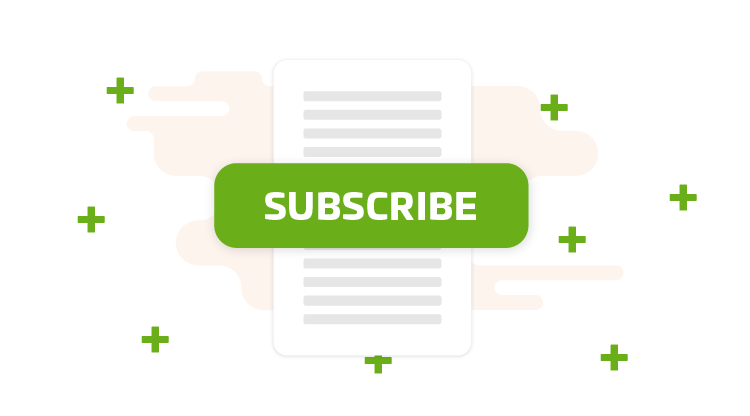
Build Your Subscribers List to Build Your Business
That’s especially true when email newsletter publishers offer an incentive to people who join their subscription lists.
Many successful publishers offer a valuable item, such as a guide, an e-book, or a white paper to those who become subscribers.
Such rewards build emotional connections between you and your subscribers. Even in B2B marketing, emotions drive purchases — even more than reason and logic.
Along with those connections comes a greater desire to see what information each newsletter offers.
That strategy only works, however, if your newsletter offers content they need.
It only takes about three to six months to see results from a referral program, Barber says.
When your newsletter provides readers with content they’re excited to share, you’ll see better results.
Position Yourself Better for the End of the Third-Party Cookie
As Deloitte Digital’s Ken Nelson and Alex Kelleher point out, advertisers that build their marketing strategy around owned content will be miles ahead when third-party cookies are no more.
For years, companies have placed these digital cookies on users’ devices, allowing them to track people as they browse online.
They enable targeting for digital ads on websites and search.
But this also has grown distrust among users. Privacy concerns have led to the growth of ad blockers, dampening revenue from targeted ads.
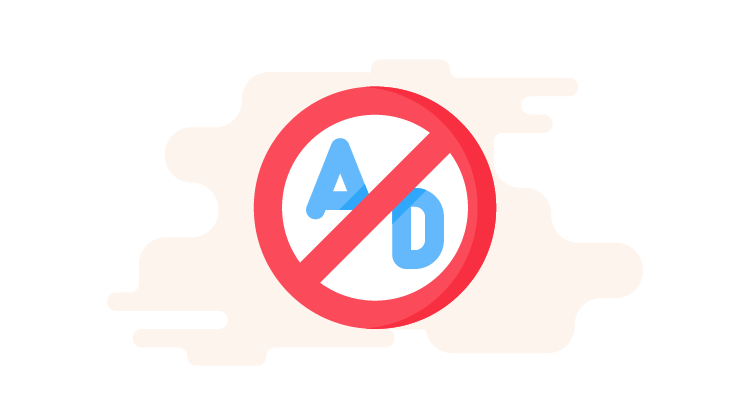
For that reason, browser developers are phasing out third-party cookies.
That move means that companies must turn toward first-party customer data to drive advertising.
There’s no better first-party data than your email list. Use your newsletter as a touchpoint to gather customer data through effective communication.
Listening to your subscribers’ feedback — and adjusting your strategy to meet their interests — is a critical ingredient in your newsletter’s success.
When you revolve your customer database around your email newsletter, you won’t need cookies to gain a better picture of your subscribers’ needs.
Use Native Programmatic Ads to Drive Clickthroughs and Generate More Revenue
Programmatic email advertising can come in two forms: display and native. We highly recommend that you choose native ads for your email newsletters.
Native ads appear like related content within the body of your newsletter.
These stories catch your readers’ attention with compelling headlines, enticing them to click to find out more.
The irresistible quality is what makes native ads marketers’ top choice for email monetization.
Email newsletters drive revenue over the long term by building your subscribers’ trust. However, by including programmatic native ads within your newsletter, you create another stream of revenue.
Unlike email marketing’s long-term gains, these ads generate revenue immediately. It’s simple, easy, and effective.
The more subscribers you have, the more they’ll click on the native ads.
Since these ads are targeted to your subscribers’ interests, they’ll be more likely to attract clickthroughs.
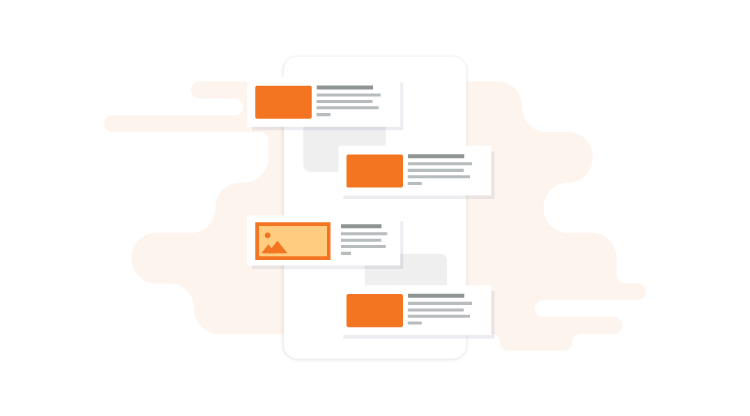
The challenge is to build your subscribers list. While a referral program can work well over time, you need to attract more subscribers now.
These three strategies can help you draw in more readers:
#1. Promote your newsletter on social media
Use excerpts from your newsletter to get potential subscribers’ attention.
To learn more, they can click on a link that takes them to a form on which they can subscribe.
#2. Install email capture widgets for first-time blog visitors
After first-time blog visitors get to the end of the post, a short pop-up form appears, saying something like, “Want more content like this delivered right to your inbox? Subscribe to our newsletter today.”
Then, readers can submit their email address, confirm their subscription in an automatically generated email, and become part of your subscribers list.
Or, alternatively, create a static banner form at the end of each post on which people can easily sign up to be subscribers.
#3. Publish specialized newsletters for various target customer segments
For instance, if you publish content about beauty, healthy meals, and wellness, you can create separate subscriber segments for each of those interest areas and create separate newsletters for each segment.
Doing so will help boost your ad revenue since each segment will receive ads targeted to their needs.
Once people become subscribers, you’ll find that they will engage more with your website content as well. By signing up to be subscribers, they’ve already shown an interest in what you offer.
Secondly, emails tend to command more attention from audiences than social media posts or landing pages.
Once they open an email, their attention is focused on reading it to see if it contains the information they need.
If part of that information is an ad, they’ll be more likely to click on it than an ad they see on social media or while browsing.
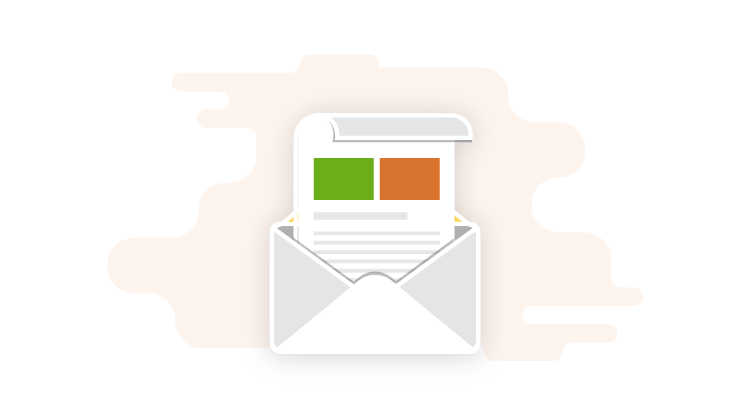
Not only will this focused attention pull in more ad revenue, but it will also build the type of trust in your expertise that drives long-term customer relationships.
Also, native programmatic ads in emails aren’t usually vulnerable to ad blockers. They appear like related content, so they don’t annoy readers as do those elsewhere online.
Refer Other Publishers You Know
Even if your company hasn’t started an email newsletter yet, you can still create an extra stream of revenue by referring businesses who do have email lists.
When you refer other publishers to inboxAds, you can earn money for each referral.
Whether it’s by referrals or placing ads in your email newsletter, your business can create multiple streams of income in addition to your main focus.
Get in touch with the InboxAds team to learn more today.



